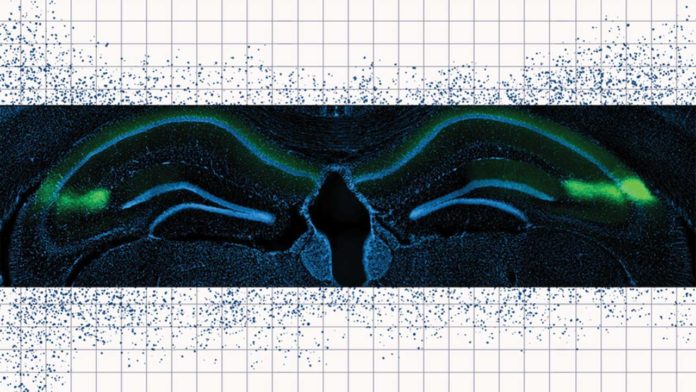Our brain records everything. Whenever we experience a new event, it records a memory of what happened and the context, including the event’s time and location.
A study by MIT scientists sheds light on how the timing of memory is encoded in the hippocampus. The results suggest that time and space are encoded separately.
Scientists conducted a study on mice brain, where they identified a hippocampal circuit used to store information about when they should turn left or right in a maze.
Scientists found that the mice can not remember which way they were supposed to turn next when the circuit is blocked.
Chris MacDonald, a research scientist at MIT’s Picower Institute for Learning and Memory and the lead author of the study, said, “There is an emerging view that “place cells” and “time cells’ organize memories by mapping information onto the hippocampus. This spatial and temporal context serves as a scaffold that allows us to build our own personal timeline of memories.”
The neurons in the brain’s hippocampus encode memories of specific locations. These cells, known as place cells, store information that becomes part of a particular memory context.
Timing is other critical piece of context for any given memory. In 2011, MacDonald and the late Howard Eichenbaum, a psychology and brain sciences professor at Boston University discovered cells that keep track of time in a part of the hippocampus called CA1.
In this new study, scientists determined whether other parts of the brain are feeding CA1 timing information.
Some past studies suggested that other region of the hippocampus called CA2 might play a significant role in keeping track of time.
Scientists studied the link between CA2 and CA1 using an engineered mouse model. They used light to control the activity of neurons in the CA2 region.
They trained the mice to run a figure-eight maze in which they would earn a reward if they alternated turning left and right each time they ran the maze. Between each trial, they ran on a treadmill for 10 seconds, and during this time, they had to remember which direction they had turned on the previous trial so that they could do the opposite on the upcoming trial.
Blocking CA2 activity while the mice were on the treadmill, the mice performed very poorly at the task. This indicates the wice could no longer remember which direction they had turned in the previous trial.
MacDonald says, “When the animals are performing normally, there is a sequence of cells in CA1 that ticks off during this temporal coding phase. When you inhibit the CA2, what you see is the temporal coding in CA1 becomes less precise and more smeared out in time. It becomes destabilized, and that seems to correlate with them also performing poorly on that task.”
“When the researchers used light to inhibit CA2 neurons while the mice were running the maze, they found little effect on the CA1 “place cells” that allow the mice to remember where they are. The findings suggest that spatial and timing information are encoded preferentially by different parts of the hippocampus.”
“One thing that’s exciting about this work is this idea that spatial and temporal information can operate in parallel and might merge or separate at different points in the circuit, depending on what you need to accomplish from a memory standpoint.”
MacDonald is now planning additional time perception studies, including how we perceive time under different circumstances and how our perception of time influences our behavior.
Journal Reference:
- Christopher J. MacDonald et al. Crucial role for CA2 inputs in the sequential organization of CA1 time cells supporting memory. DOI: 10.1073/pnas.2020698118
